In the wake of Covid-19, four-year colleges and universities across the nation have dealt with an unprecedented enrollment crisis through record numbers of students choosing to defer, withdraw, or transfer to fully online programs. Coined as the “Great Interruption” – a nod to the Great Resignation phenomenon – schools continue to grapple with the lasting impacts of the pandemic upon their institution and the students they serve.
However, reviewing the enrollment census figures posted by Carroll’s Class of 2026 has provided the college’s admissions office team with a sigh of relief: Carroll’s own fall enrollment totals boast a 10% increase over 2020 data, breaking free from the national trends of diminishing enrollments to the tune of 5-10%.
Of Carroll’s total enrollment of 1,180 students, an incoming class of 296 freshmen marks an approximate 5% increase over last year’s figures and a 10% increase over 2020. The Class of 2026 represents the largest first-year cohort of the past three years. Joined by 49 transferring or readmitting students, the new undergraduate enrollment for the fall semester totals 345.
Carroll’s pivot toward the expansion of accelerated pathways and graduate programs also serves to augment Fall 2022 census figures. The arrival of this August’s Master of Social Work (MSW) program’s second cohort of 24 students plays a role in these programs’ whopping 35% year-over-year increase, totaling 54 students enrolled across accelerated and graduate programs.
This outpacing of the national trend serves as a beacon of hope within Carroll’s community as it looks back upon the university’s belt-tightening measures and forwards to the promise of a post-Covid future. As a private institution, economic hits felt through obstacles such as an enrollment crisis often have lasting and difficult consequences felt across the community, while the return of healthy enrollment figures often extends a hand in mitigating such effects.
Boosted numbers aid the perception of Carroll in the minds of prospective Saints as well. As President John Cech shares, “being able to show positive enrollment growth during a time when higher education is still reeling from the effects of the pandemic demonstrates that Carroll continues to be a very attractive choice for students”.
However, fall-to-fall freshman retention still marks a decline from pre-pandemic levels. This semester, Carroll’s 78.5% retention rate represents a 1.8% decrease in the year-over-year comparison. This figure, which represents the number of Carroll students returning for their sophomore year, continues to fall nationwide and has yet to achieve any marked “return to normalcy.” Measures of persistence and retention rates serve as both an indicator of early student success and a barometer for student attitudes and perceptions. Such widespread decline in the wake of Covid-19 perhaps points to broader questions, gaps, and difficulties underscored by the nature of the pandemic itself.
As admissions offices across the nation are removing their masks and breathing a sigh of relief, the post-Covid university landscape brings its own picture of renewed hope, stark realities, and much-needed renovations. As they look to the promise of the future, universities like Carroll will need to continue to adapt in unique manners to support the needs of cohorts with unique life experiences, serving students in life at admission and beyond.








